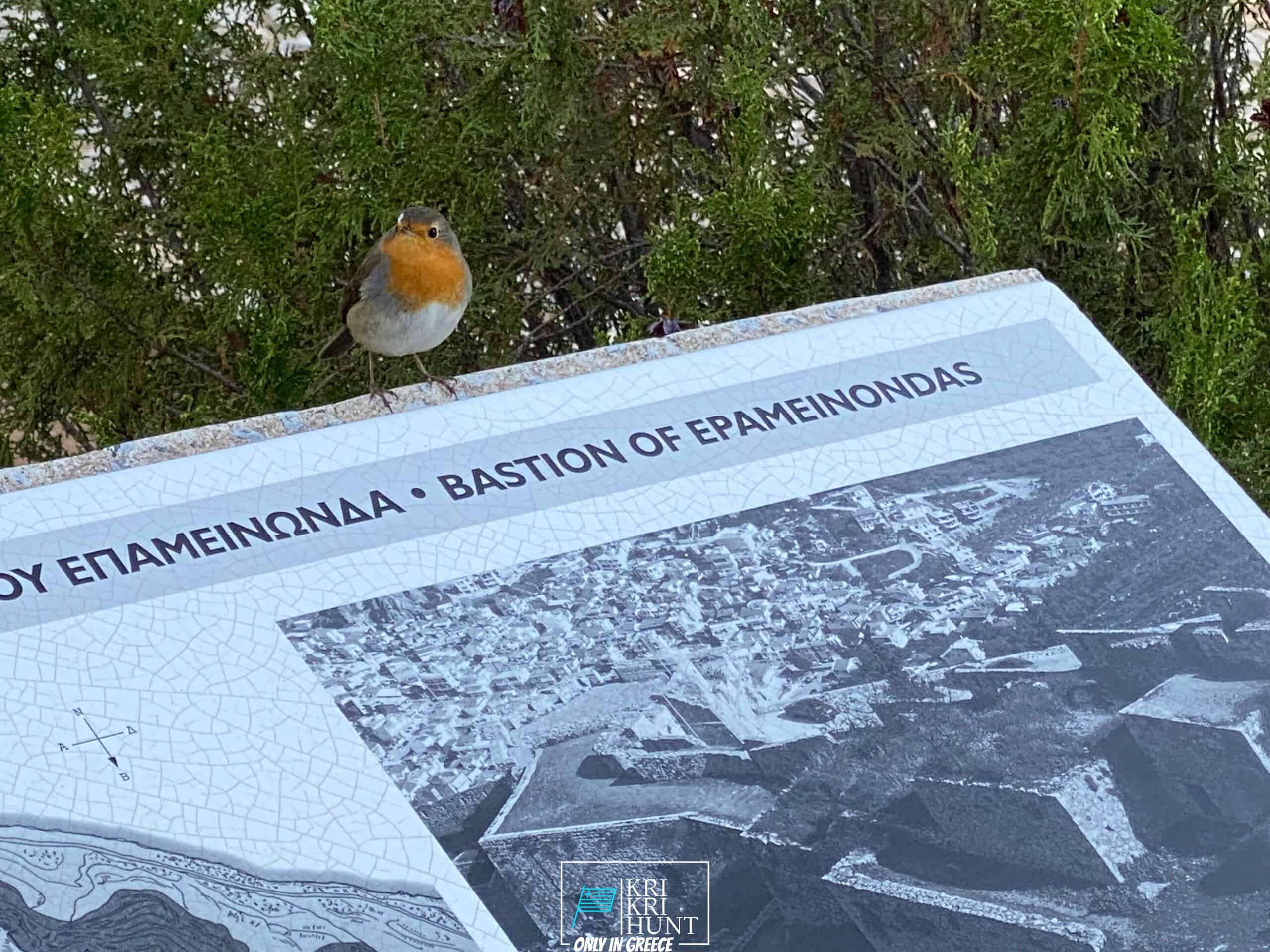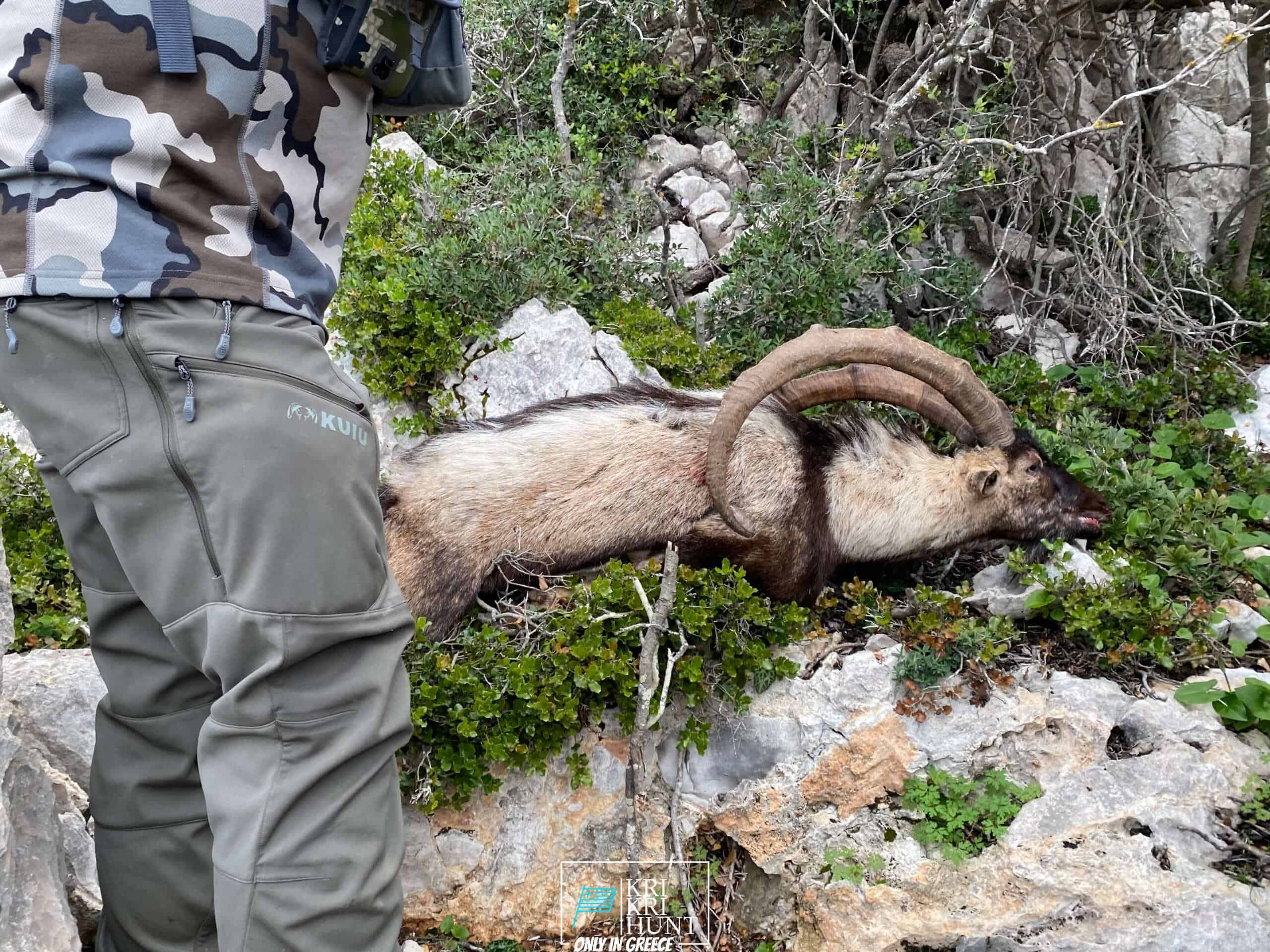A journey to remember - outdoors and in great business
A journey to remember - outdoors and in great business
Blog Article

Searching for Kri Kri ibex in Greece is a remarkable holiday experience. It is not constantly a hard hunt or an unpleasant experience for many hunters. You can experience old Greece, shipwrecks, and also spearfishing during five days hunting for beautiful Kri Kri ibex on an exotic island. Exists anything else you would like?

Hunting the kri kri ibex in Greece can be a challenging endeavor. Hunting large video game in Greece is challenging for international hunters. Wild boars as well as roe deer are the single option for regional seekers besides the kri kri ibex, which is just hunted in very carefully protected unique hunting regions such as particular islands. The Kri Kri Ibex and mouflon can just be fired on special searching locations from morning up until midday, according to Greek legislation. Slugs are the only ammo allowed. You must book at the very least a year beforehand for a license. To make sure that just severe seekers are permitted on these trips, the Greek Ministry of Nature as well as Agriculture concerns licenses. To make certain that the government issues a certain variety of licenses per year.
What to Expect on a Peloponnese Tour? When you reserve among our searching and touring Peloponnese Tours from Methoni, you can expect to be surprised by the natural elegance of the location. From the immaculate coastlines to the forests and mountains, there is something for every person to enjoy in the Peloponnese. In addition, you will have the chance to taste some of the very best food that Greece has to provide. Greek food is renowned for being scrumptious and fresh, and also you will definitely not be let down. One of the very best components about our tours is that they are developed to be both fun and academic. You will find out about Greek background as well as society while additionally reaching experience it firsthand. This is a remarkable possibility to submerse on your own in everything that Greece has to provide.
Look no better than the Sapientza island in Greece if you are looking for Kri Kri ibex hunt and also extraordinary trip destination. With its magnificent all-natural appeal, tasty food, and also rich culture, you will certainly not be disappointed. Book among our hunting as well as exploring Peloponnese Tours from Methoni today, dot neglect your trophy Kri Kri ibex!
What is the diference between Kri Kri ibex, Bezoar ibex and hybrid ibex
The kri-kri is not thought to be indigenous to Crete, most likely having been imported to the island during the time of the Minoan civilization. Nevertheless, it is found nowhere else and is therefore endemic to Crete. It was common throughout the Aegean but the peaks of the 8,000 ft (2,400 m) White Mountains of Western Crete are their last strongholds–particularly a series of almost vertical 3,000 ft (900 m) cliffs called ‘the Untrodden’—at the head of the Samaria Gorge. This mountain range, which hosts another 14 endemic animal species, is protected as a UNESCO Biosphere Reserve. In total, their range extends to the White Mountains, the Samaria National Forest and the islets of Dia, Thodorou, and Agii Pandes.
This Ibex is NOT a diminutive form of the Bezoar Ibex, which has migrated into the western-most reach of the range of this species. The kri – kri (Capra aegagrus cretica), sometimes called the Cretan goat, Agrimi, or Cretan Ibex, is a feral goat inhabiting the Eastern Mediterranean, previously considered a subspecies of wild goat. The kri-kri has a light brownish coat with a darker band around its neck. It has two horns that sweep back from the head. In the wild they are shy and avoid tourists, resting during the day. The animal can leap some distance or climb seemingly sheer cliffs.
“The agrimi goat Capra aegagrus cretica is unique to Crete and its offshore islands. It has been identi®ed as a sub-species of the wild bezoar goat Capra aegagrus aegagrus Erxleben, 1777, which it closely resembles in horn shape, body form and coloration. This classi®cation has been disputed by some researchers who claim that the agrimi are feral goats, derived from early domestic stock brought to the island by the ®rst Neolithic settlers. In order to clarify this issue, DNA analyses (cytochrome b and D loop sequences) were carried out on tissue of live and skeletonized agrimi and compared to sequences of wild and domestic caprines. Results conclusively show the agrimi to be a feral animal, that clades with domestic goats (Capra hircus) rather than with wild Asiatic bezoar. This study demonstrates that morphometric criteria do not necessarily re¯ect genetic af®nities, and that the taxonomic classi®cation of agrimi should be revised.”
Report this page